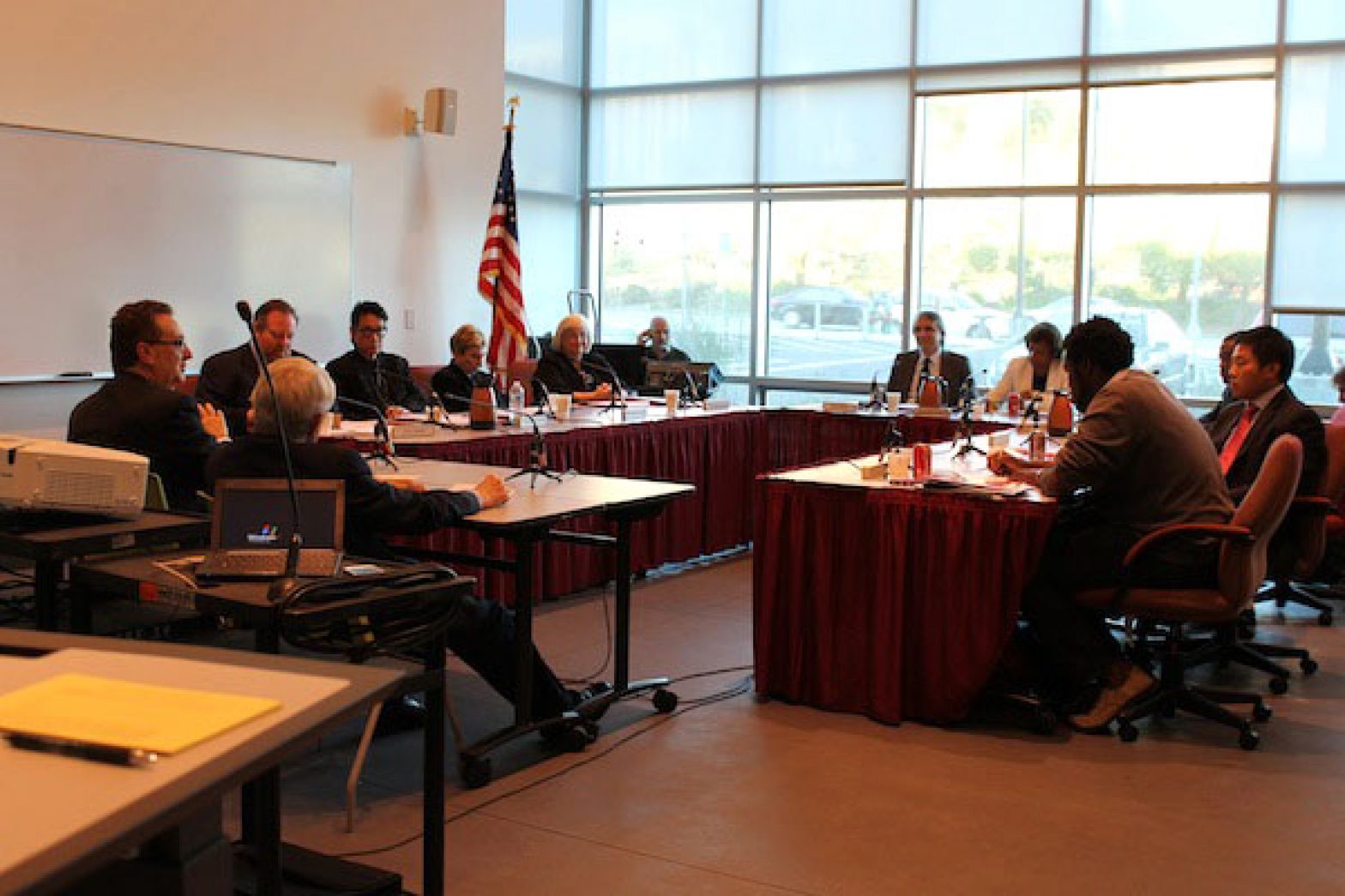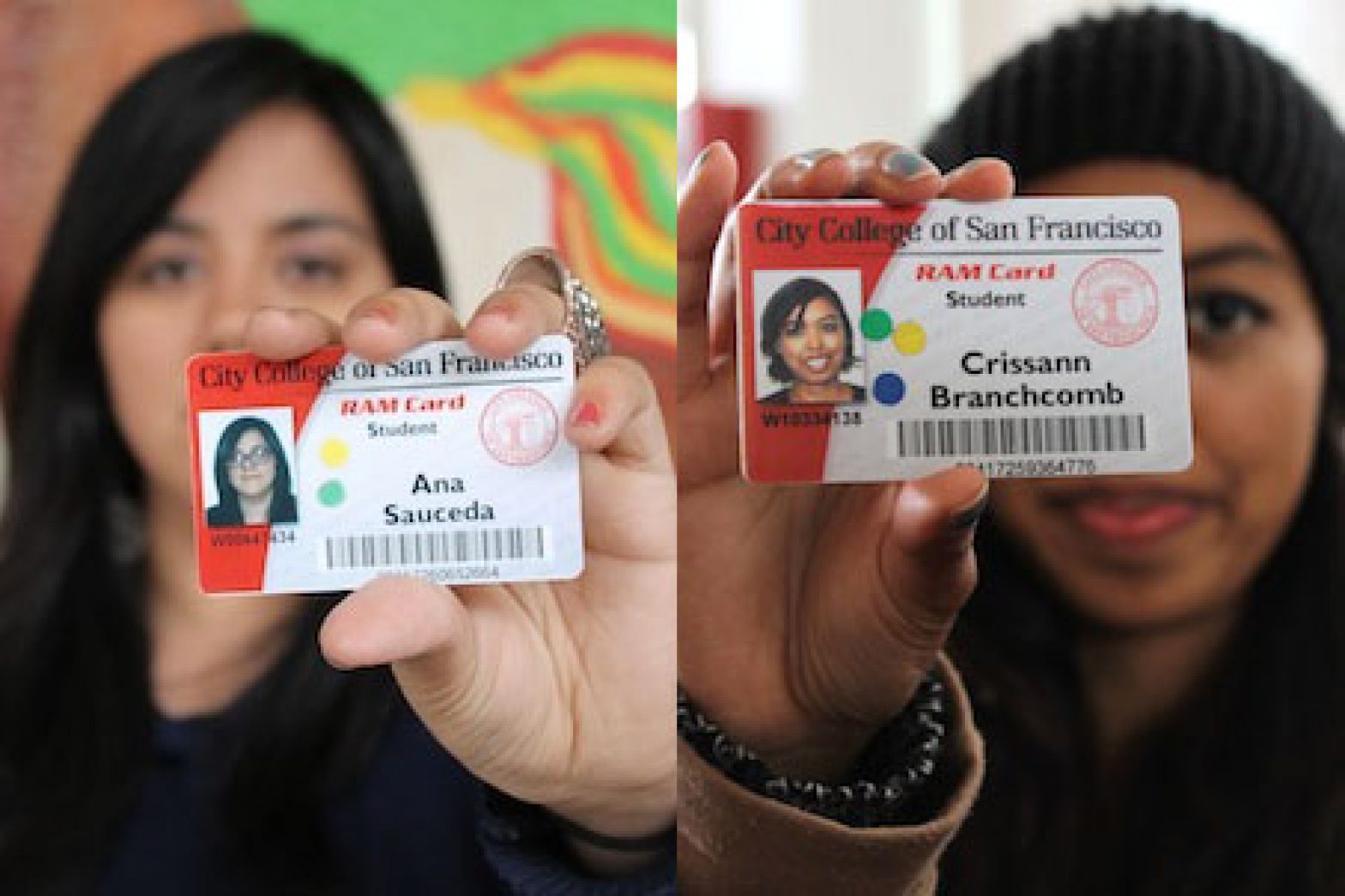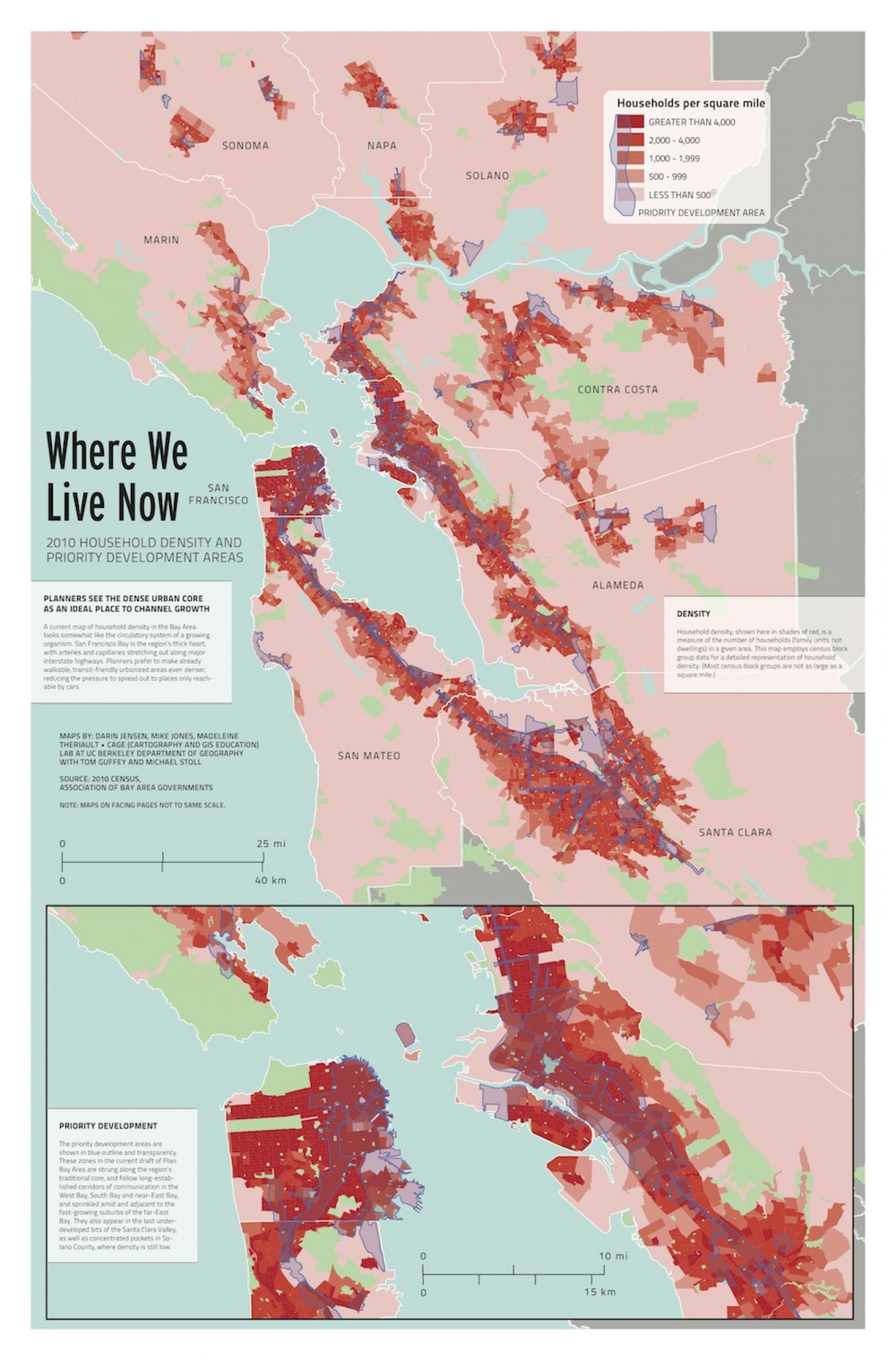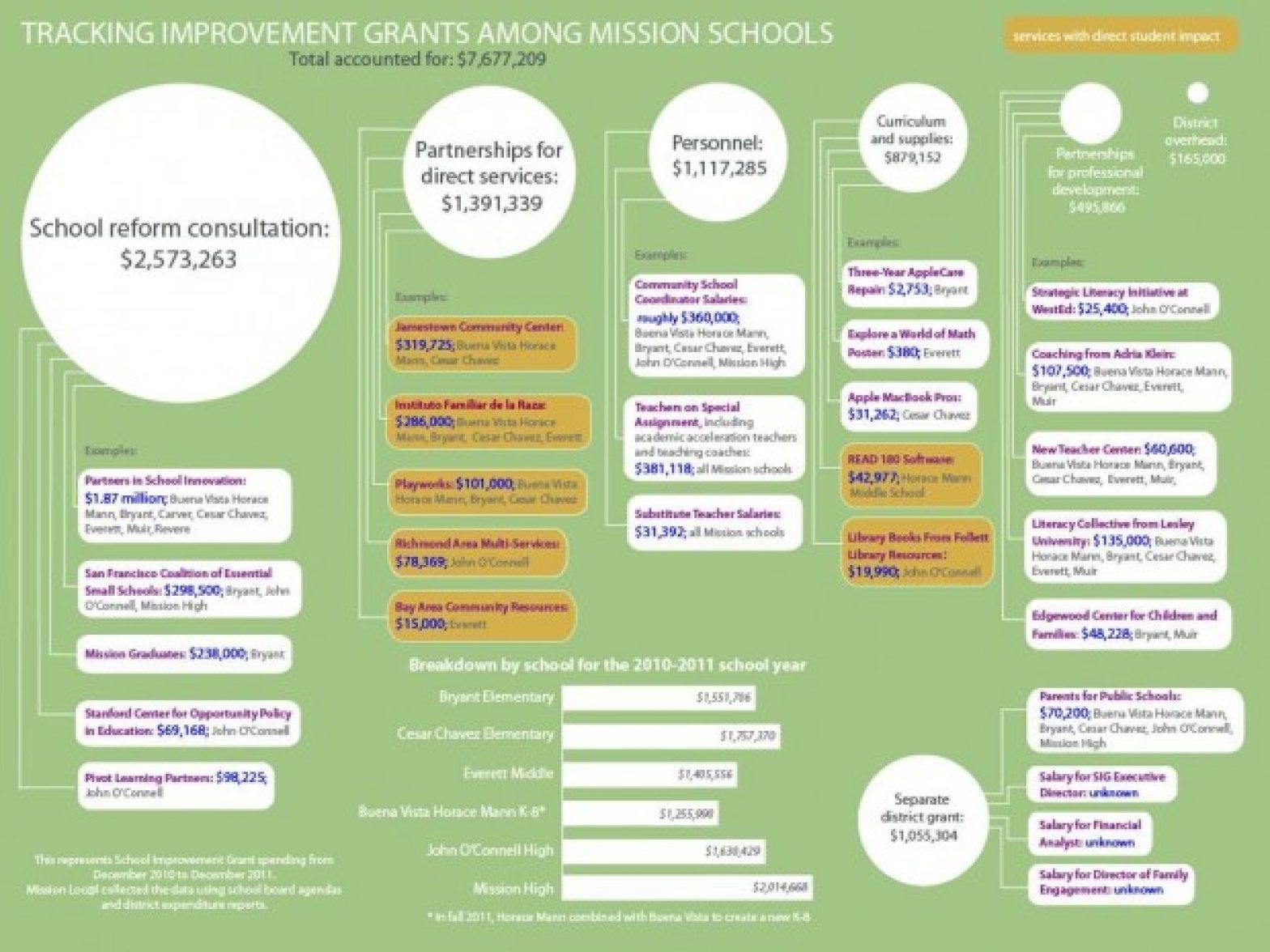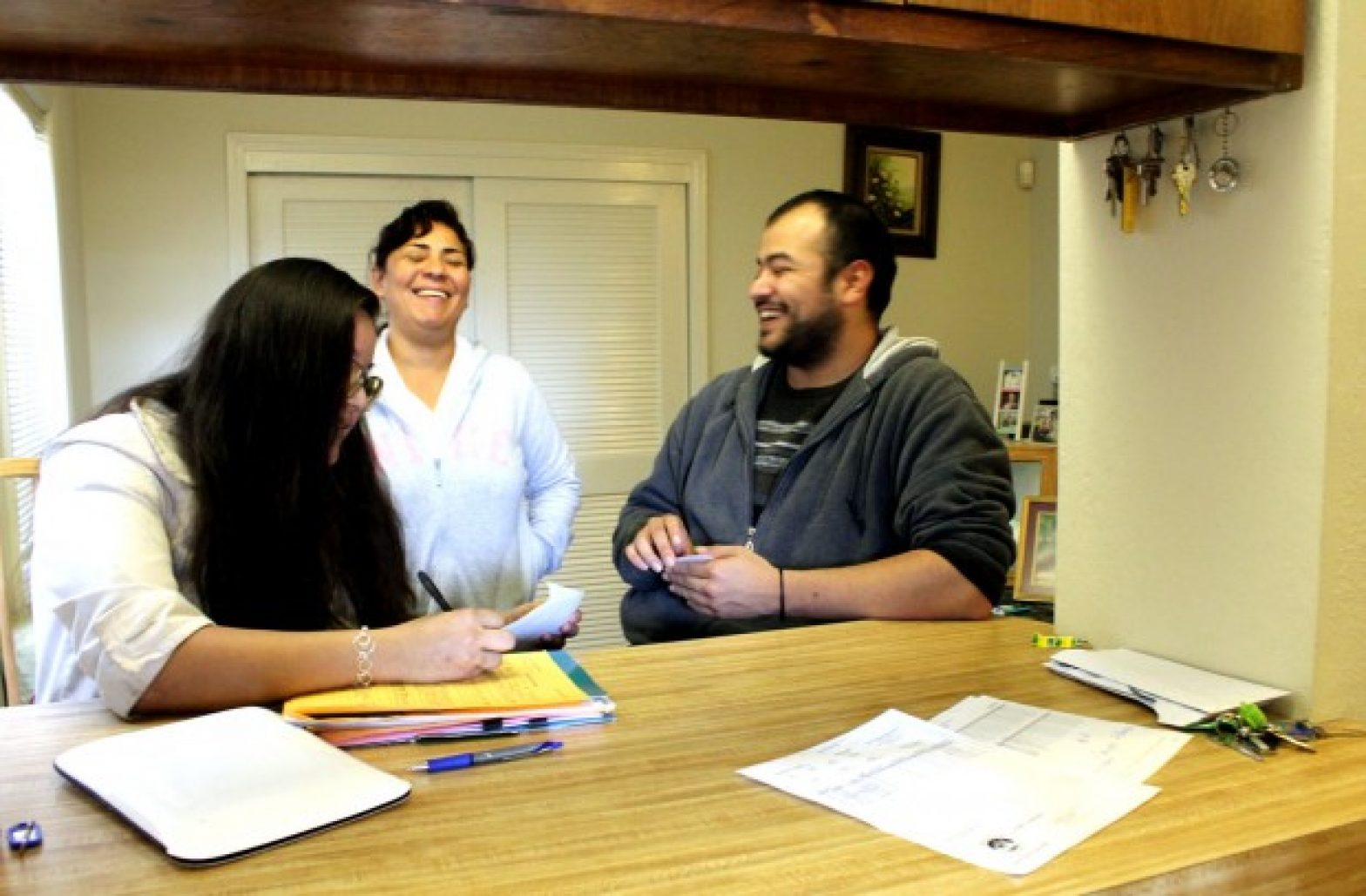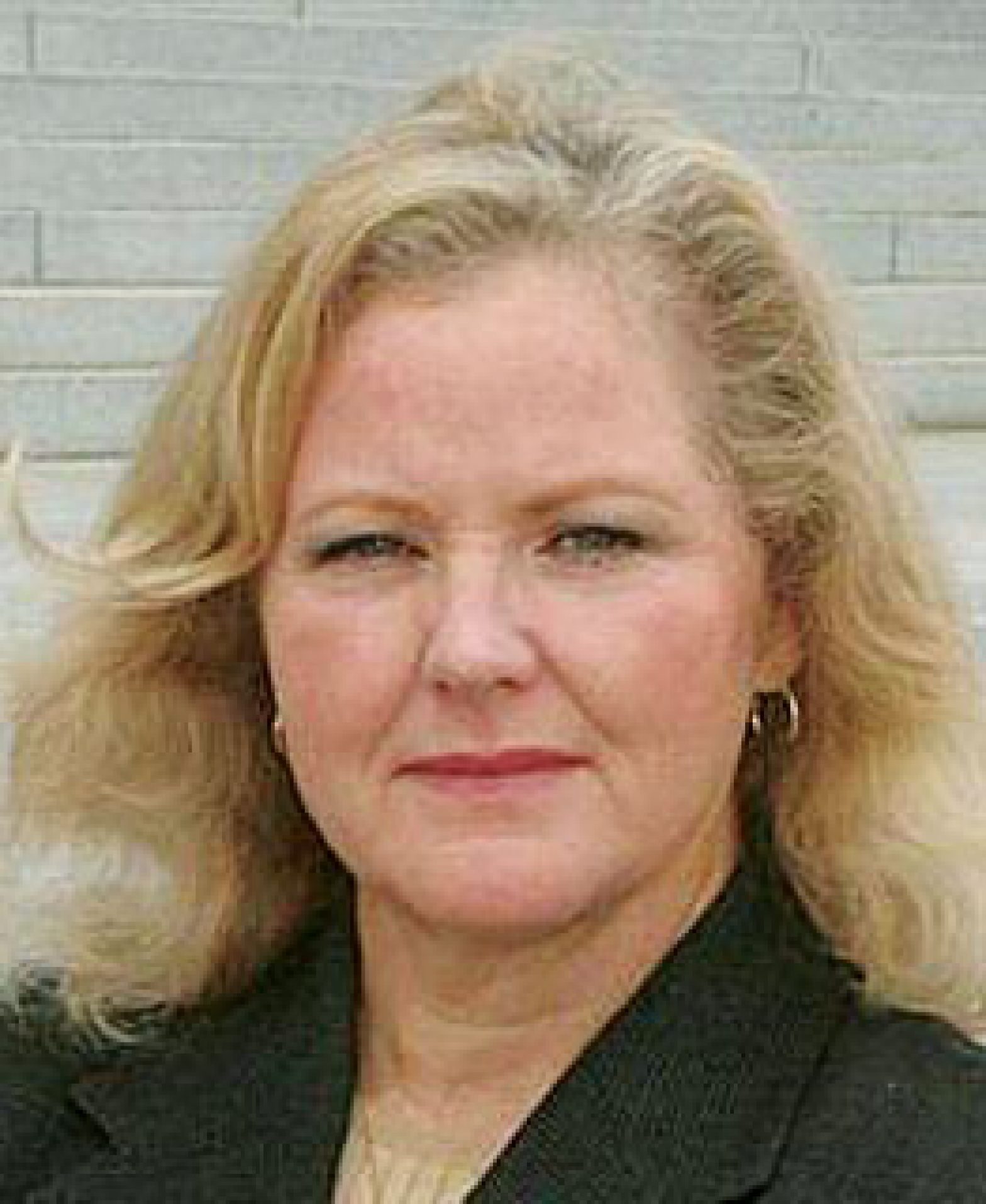Education
Immigrants, a foster kid and a displaced worker rise to leadership at City College
After a harsh accreditation review detailing financial and administrative failures last month, City College of San Francisco has been given a year to prove itself worthy of accreditation or face the risk of closure. In the struggle to keep the school’s doors open, the possible loss of accreditation would affect more than 120,000 City College students, faculty and staff. Here, in their own words, are some of their stories.
